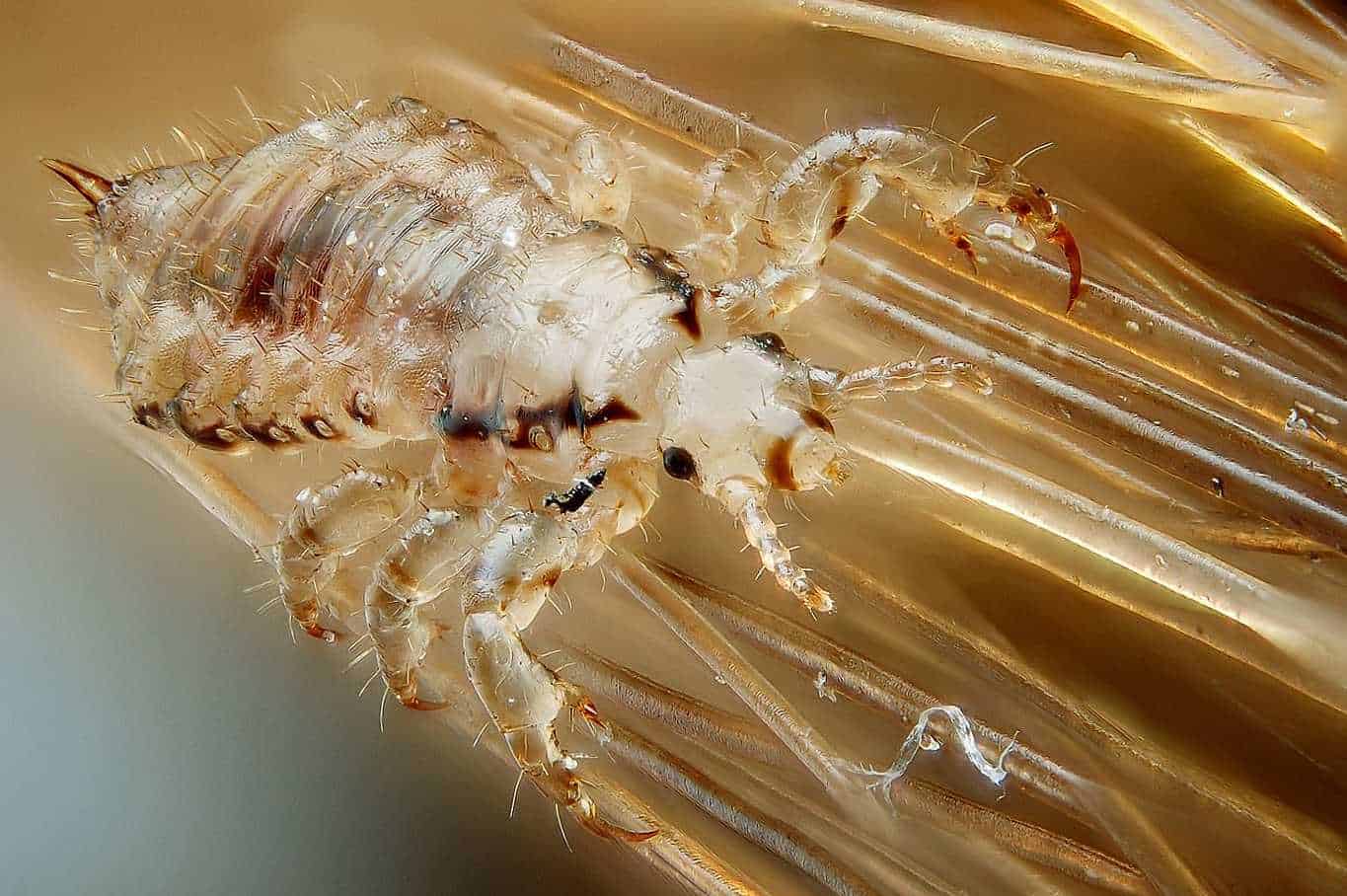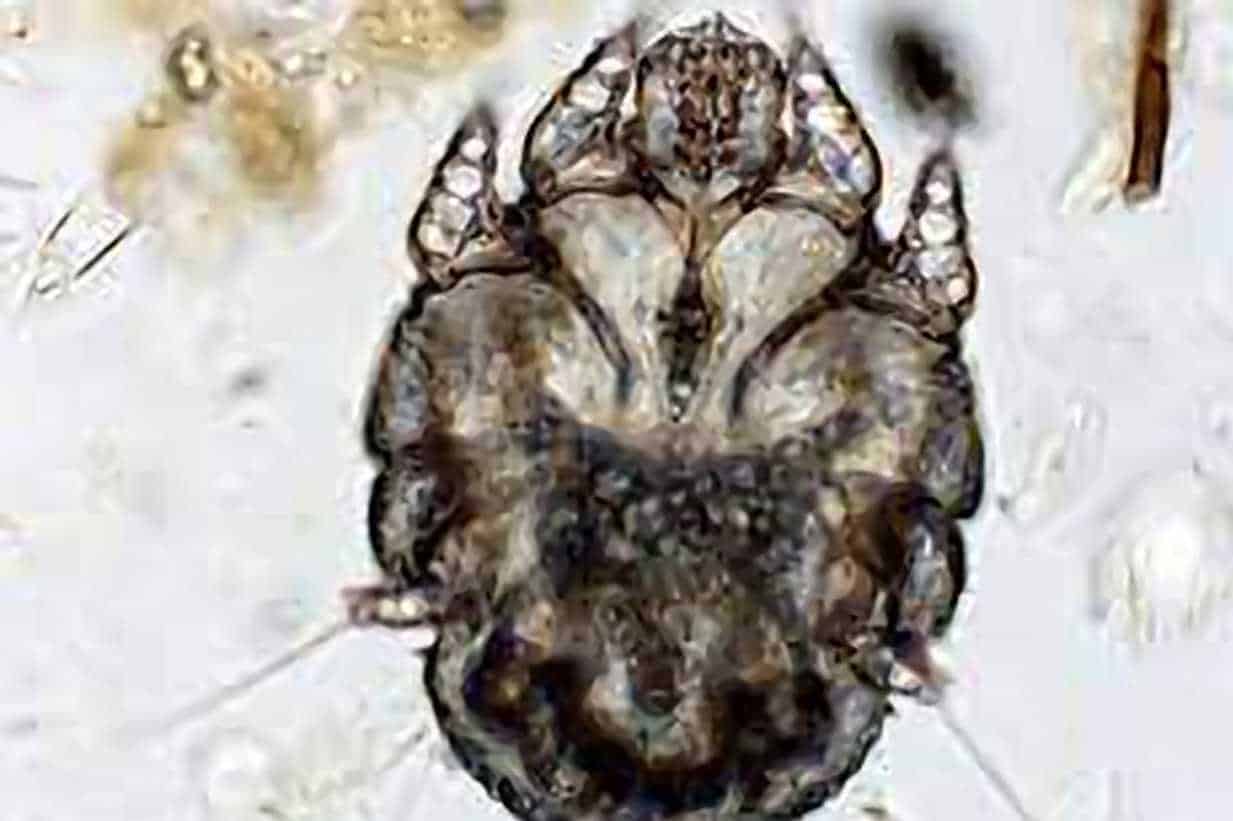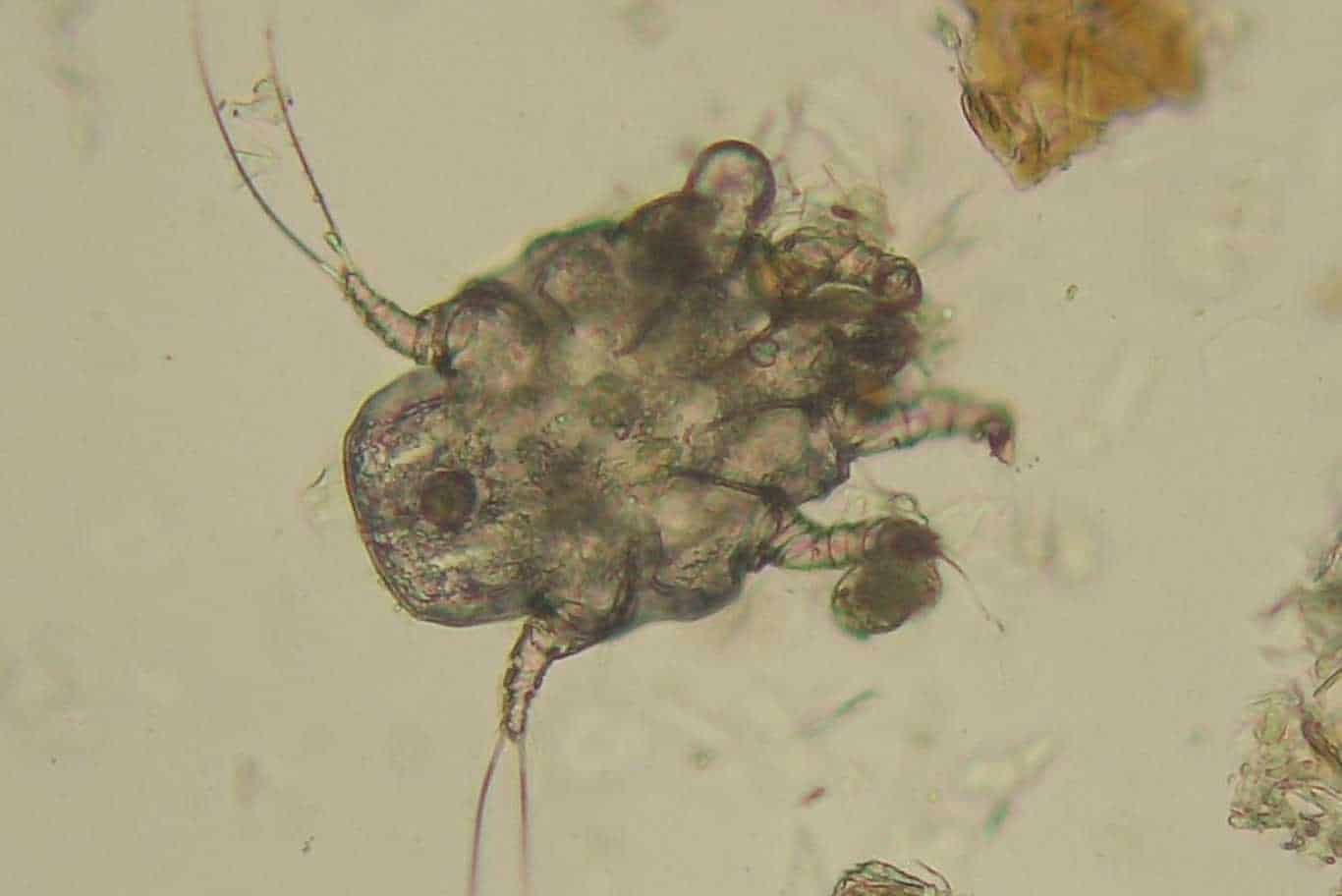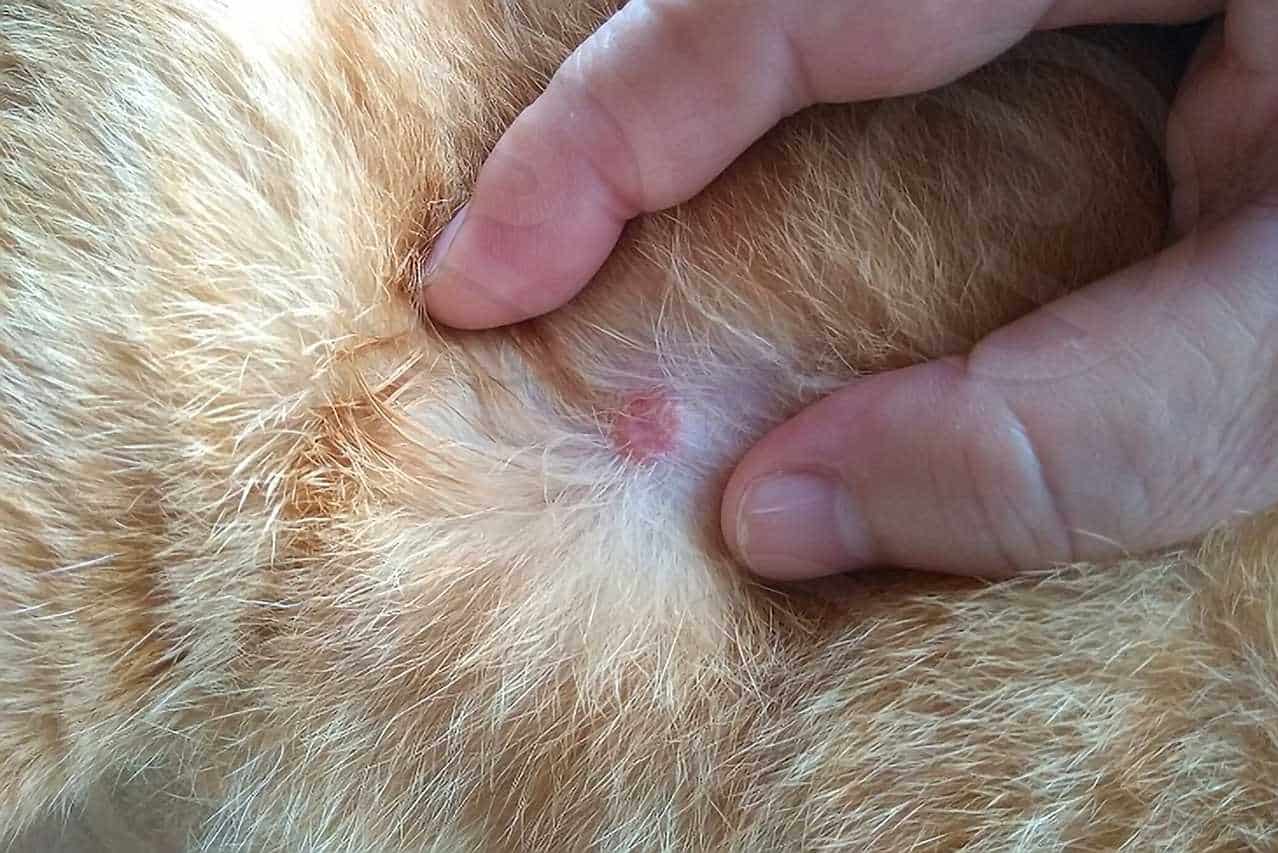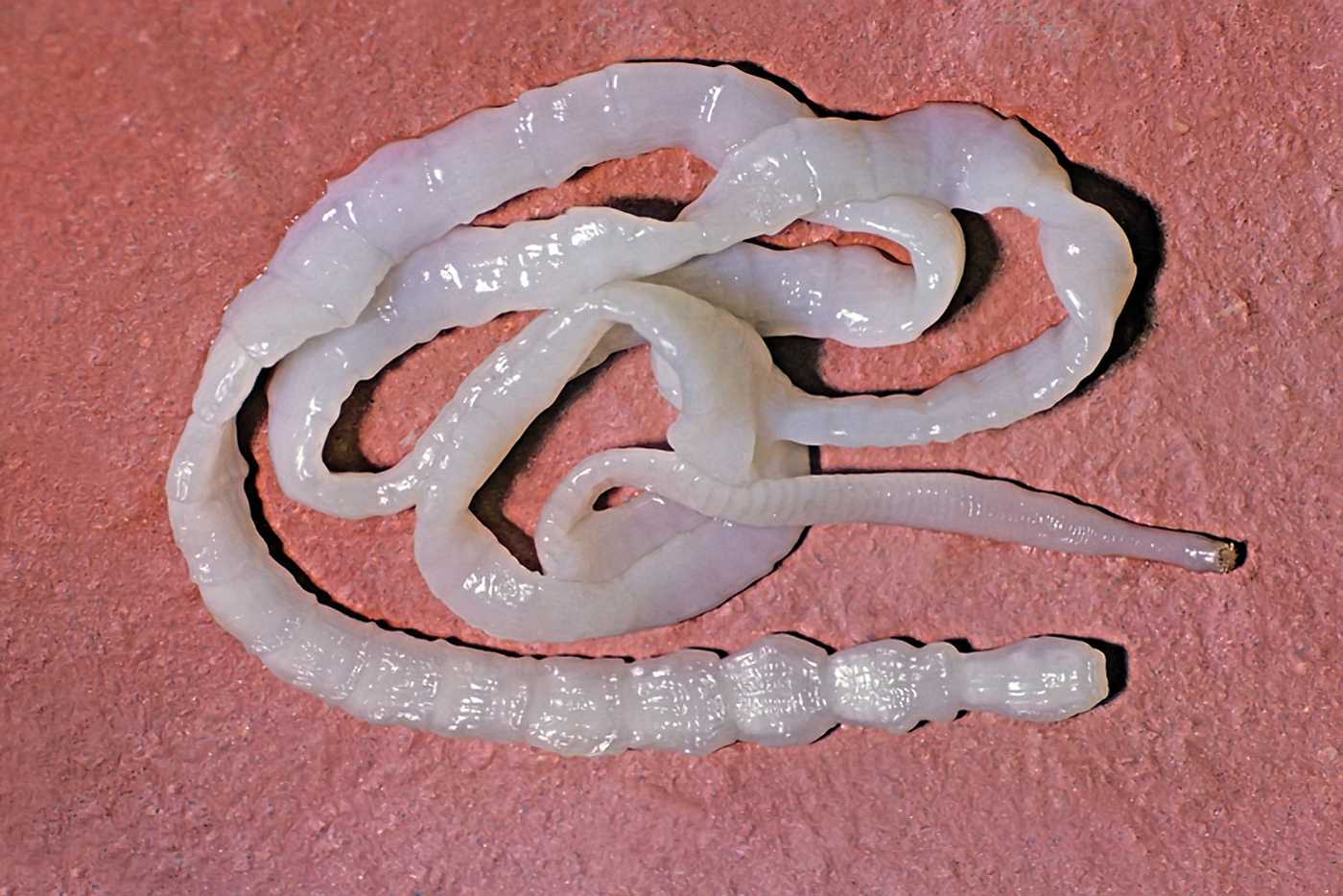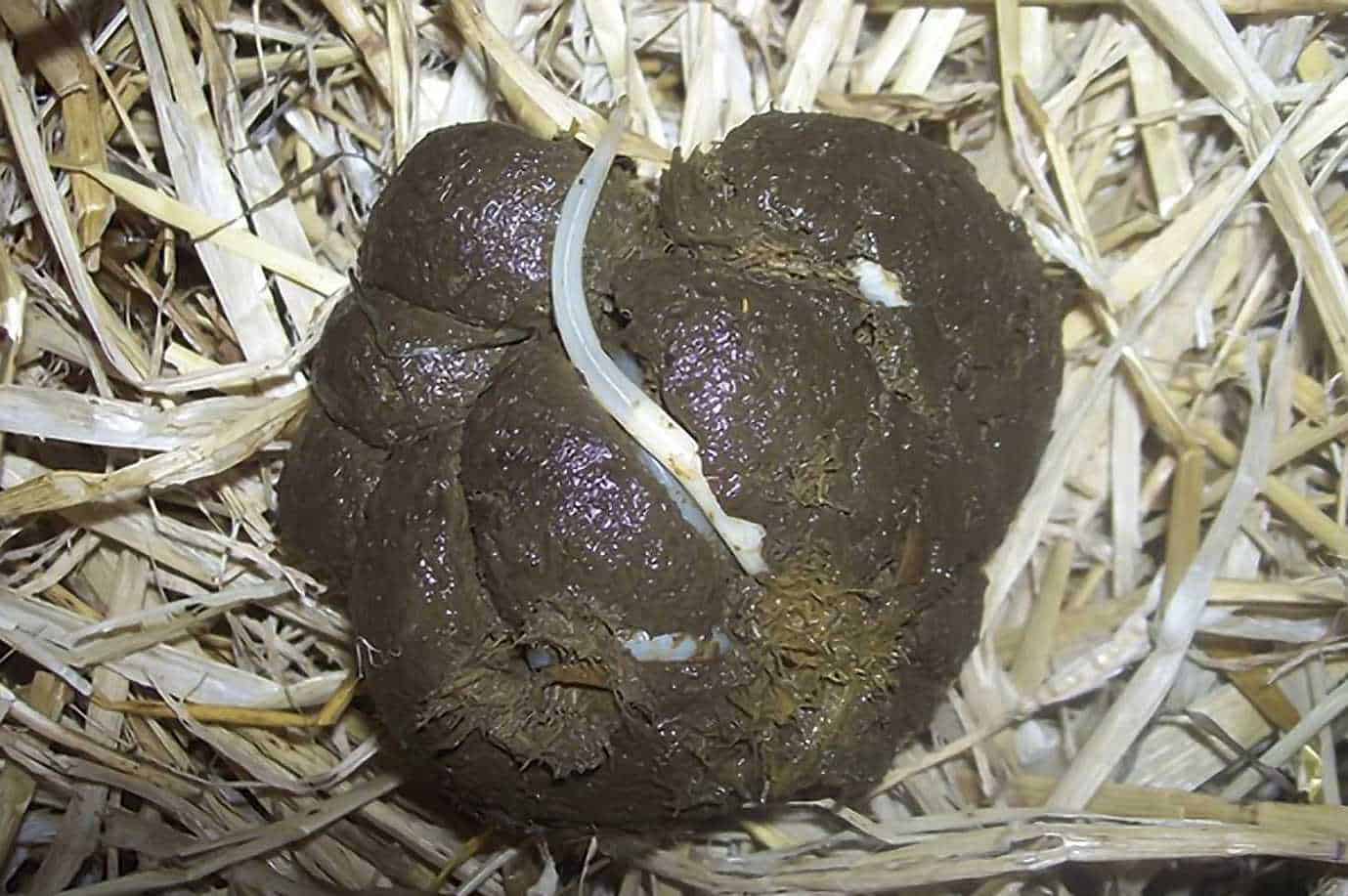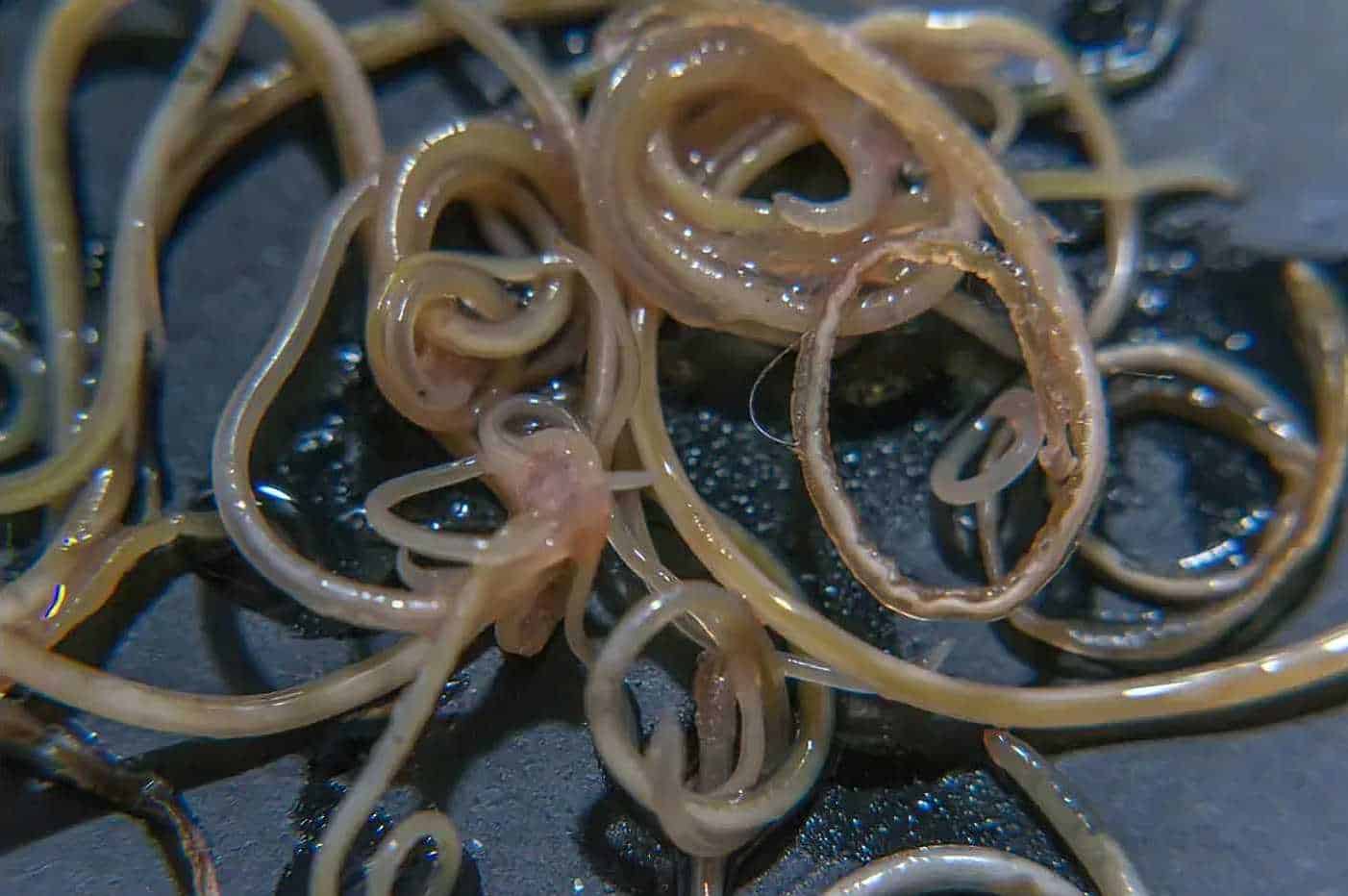As a rabbit breeder, one of the things you should look out for is parasite infestation. Parasites can either be external, on the skin, or under its surface or internal organs.
They are one of your rabbits’ major enemies, and if you’re not cautious enough, you can lose all your bunnies when they attack. Here are the common rabbit parasites, their symptoms, and their treatment.
Lice (External Parasite)
Lice attack rabbits when they are kept in poor hygienic conditions: Californian rabbits, Dutch rabbits, American rabbits, Flemish Giant Rabbits, etc. Dear breeder, this parasite leverages dirt to spread like wildfire. It survives by inserting its mouth into your rabbit’s skin and sucking its blood.
Its bites cause an itching sensation that makes your bunny scratch and rub its skin at frequent intervals, causing redness and loss of fur in the affected area. If you observe closely, you’ll find yellow-whitish, oval lice eggs on the affected part, making the skin in that part repulsive.
Adult lice are brown and located in the abdomen. Keep your rabbits’ cages and their environment clean to prevent lice infestation. Naturally, rabbits are hygienic, as they’re very sensitive to dirt. Treat the infected rabbits as soon as possible. Look out for the ones with possible symptoms.
Rotenone, dilute anthracene oil during warm weather and pyrethrum powder in the cold season come in handy for treating your rabbits. Apply this powder to the fur and gently rub it into the affected part thoroughly.
Start from the edges so that it can go round. Do this frequently for 3 to 5 days. Apply oil after bathing the rabbit with warm, soapy water to restore its beautiful fur in the warm season.
Warbles (External Parasite)
You run the risk of warbles infecting your rabbits if you keep them in exposed places. Before the infection becomes full-blown, the adult warble deposits its egg on your rabbits’ fur, which, when hatched, causes swelling and irritation.
When your rabbit tries to lick the irritated spot, you can spot the affected place, usually an enlarged, moist, and repulsive opening on the skin. The larva lives inside the opening, moving within the cavity and destroying the tissues.
It can be forcibly removed with small forceps. Apply a few drops of chloroform to the opening using a syringe, and the larvae will come out instantly. After removing the grubs, apply a mild antiseptic solution to the wound for quick healing. The best way to prevent warble attacks is to barricade the hutches and pens to deter flies from entering.
Fur Mites (External Parasite)
The two distinct mite species, Sarcoptes Cuniculi and Notodoris Minor Cuniculi, cause skin mange; however, they have a similar effect on all breeds of rabbits Netherland Dwarf rabbits, Lion head rabbits or Holland lop Rabbits, etc. Skin Mange is a very common and highly contagious rabbit disease that spreads within a short period.
Visible signs of this infection include dry skin, dropping fur, and itching. These mites hide under the skin and lay eggs. The worst is that you can contact it from your rabbit. To control the spread, clean, disinfect your rabbit’s hutches and pens, quarantine all the infected rabbits, and apply pyrethrum powder to their skin.
Thoroughly rub the powder to distribute it throughout the affected coat. For effectiveness, use pyrethrum powder frequently for 3 to 5 days. Avoid having contact with them and wear protective gear. Read more about Fur Mites in Rabbits.
Ear Mites (External Parasite)
These parasites cause ear mange in all rabbit breeds; it’s an injury on the inner surface of the ears, causing coaxing of the blood, which hardens and forms a large gathering of crusts in the ear scabs of your rabbits. There are two ear mites: protophtes cuniculi and chorioptes cuniculi, but they both attack the ears and cause similar damage.
The visible effect of this disease is an excessive and rapid increase of moisture in the inner surface of your rabbit’s ear. When this disease spreads, your rabbits start to scratch the affected part. If not treated immediately, your rabbits may lose a considerable amount of flesh, and their reproductive abilities may be affected due to the wild spread of the disease.
To prevent or control this illness, your rabbit’s ears should be thoroughly clean with warm olive oil, and all discharge and scabs should be entirely removed. Apply the following solution with a wooden applicator or blunt forceps for 10 days until cure; 2 parts of iodoform, 10 parts of ether, 25 parts of olive oil, petrolatum, or cottonseed oil, and a 5 percent solution of carbonic acid in olive oil or castor oil.
Ringworm (Internal Parasite)
If you notice something wrong with the hair follicles on your rabbits’ heads and hind feet, your rabbits have probably been infected with ringworm. Depending on your rabbit’s vulnerability, it affects the face giving your rabbit a grotesque appearance. It is caused by a fungus, Trichophyton testosterone, a variant different from that which affects humans and other animals.
You’ll find a visible circular plaque about half to one inch in diameter on your rabbit’s face, ears, feet, and abdomen when inspected. The affected area may necessarily not be sensitive, but it’ll be red.
If the infection isn’t attended to on time, the fur at the affected area breaks off, leaving your rabbits with a scaly, dry skin surface. Once you find ringworms on your rabbits, separate the infected ones from those not infected. Trim the hair on the affected spot and then wash with warm, soapy water. Dry thoroughly and apply a Tincture of iodine for 3 to 4 days consecutively.
Coccidia (Internal Parasite)
One of the most destructive parasites that infect domestic rabbits is coccidiosis. It occurs in various forms, but if hygiene is maintained, it won’t escalate. Coccidiosis is caused by the protozoan parasites of the Genus Eimeria.
Genus Eimeria affects the intestine, the mucous membrane lining, and the liver, then spreads to several parts of the digestive tract via the body movements of your rabbits. Coccidiosis infects your rabbits if their fur is contaminated or when they eat foods contaminated by coccidia. Also, rabbits that lay on unhygienic floors or beddings are prone to get infected.
Mild symptoms of this parasite include loss of appetite, diarrhea, potbelly, and rough fur, before aggravating into severe attacks like inflammation of the intestine lining, hardening and enlargement of the liver, and intestinal coccidiosis, leading to the death of your rabbits.
To avoid recurrence, scrub the hutches, wash the beddings and floors and sterilize your rabbit’s feeders regularly. Take infected rabbits to a vet doctor.
Tapeworm (Internal Parasite)
Mature tapeworm is usually found on dogs and other carnivores. When your rabbit feeds on foods soiled by a dog infected with tapeworm, your rabbit becomes infected also. Tapeworm occurs on your rabbits’ skin in softly-rounded masses filled with fluid containing the tapeworm’s head known as the Suckers, scientifically known as Multiceps Siameselis.
It lives within the body’s cavities and visceral organs. How do you know that your rabbits are infected with tapeworms? To curb this infection, always keep your rabbits in hygienic conditions.
Their food and water shouldn’t be contaminated. To treat this infection, wash your rabbit with warm soapy water and a sponge. After it’s dry, apply ointment to their skin. Although there is no standard treatment for tapeworm, doing this helps.
Stomach Worms (Internal Parasite)
Stomach worms are pinkish or reddish worms about ½ an inch in length. They affect the internal organs: the digestive tract, the stomach, and the intestine. Rabbits get infected by this parasite when they consume contaminated food and unclean water. Your rabbits will develop scrimping, anemia, potbelly, and diarrhea if not treated on time.
Stomach worms also cause extensive destruction of your rabbits’ tissues, making the affected places appear ulcerated. You don’t want this for your rabbits! Ensure you clean the feeders regularly and disinfect the pens with warm soapy water.
To treat rabbits affected by stomach worms, administer tetrachloroethylene at a dose rate of ¼ cubic per pound of bodyweight on your rabbit and ensure that your rabbit does not inhale the drug during treatment. If inhaled, your rabbit dies.
Pinworms (Internal Parasite)
Pinworms are small white worms about ½ inch long. They damage the rabbit’s intestines and irritate the surfaces of the rabbit’s furs. Rabbits often get infected by this parasite when they ingest feed contaminated by pinworm feces.
This disease spreads fast and is often difficult to stop. To prevent the spread, breeders should separate the infected rabbits from uninfected ones and control the spread by disinfecting hutches, feeders, and pens.
To treat the affected ones, don’t feed them for a day before administering drugs for effectiveness. Apply chenopodium oil the next day at a dose ratio of a cubic centimeter for each pound of body weight. Immediately follow up the medication by feeding your rabbits 10 to 15 cubic centimeters of castor oil. Once this is done, your bunny is ready to play with you again.
Roundworms (Internal Parasite)
As common enemies of all rabbit breeds, roundworms affect the whole body. When your rabbits get infected by these parasites, their lungs and intestines are weakened. The visible signs of roundworms include irritation, scratching of the skin furs, and vomiting.
Once roundworms infect your rabbits, separate the infected rabbits from the uninfected ones, disinfect the cages, and wash the feeders. To treat the infected rabbits, remove all litters from the hutches and administer tetrachloroethylene at a dose rate of ¼ cubic centimeter per pound of bodyweight on your rabbits for 5 days.
Summary
If you don’t keep your rabbits in the most hygienic condition possible, any parasites listed above can infect them. Always be on the lookout for internal and external parasites and take cases you can’t treat at home to the doctor.
Also, minimize contact with infected rabbits to avoid contracting diseases. If you notice any changes in your body while treating your rabbits, don’t hesitate to see a doctor.
